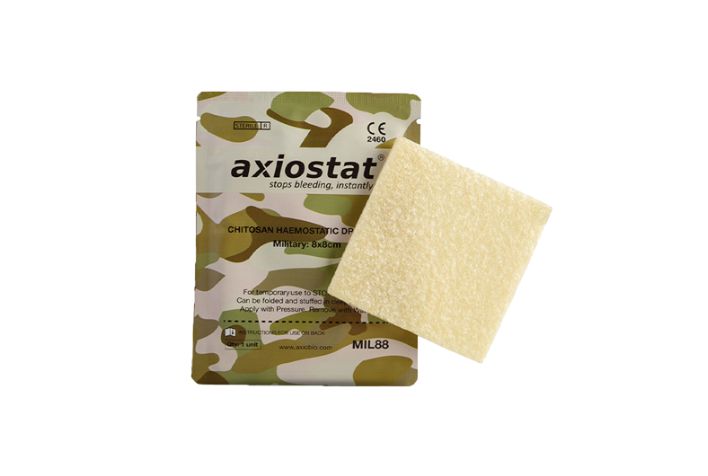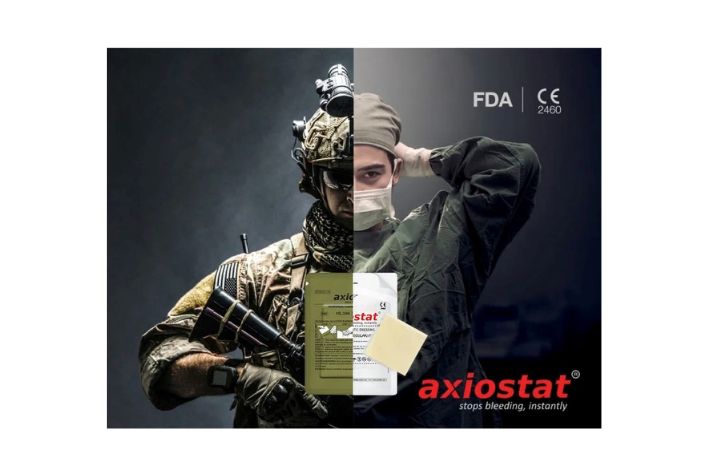Hemostatics, also known as hemostatic agents, are specialized medical substances and materials designed to quickly and effectively stop bleeding. They are frequently used in emergency medicine, surgery, and military operations, where rapid hemorrhage control is crucial. Hemostatics work through various mechanisms, including promoting blood coagulation, enhancing platelet aggregation, and creating a physical barrier to control bleeding.




Hemostatics are available in various forms, including powders, gels, sponges, and dressings. Mechanical hemostatics, such as specialized sponges or tampons, create a physical barrier that stops the blood flow. Chemical hemostatics contain substances like aluminum sulfate or kaolin that chemically aid in coagulation. Biological hemostatics use natural clotting factors like fibrin or collagen to promote blood clotting.
Hemostatics are easy to use and can be applied by both medical professionals and laypersons in emergency situations. The application is typically straightforward: the agent is directly applied to the bleeding site, where it quickly takes effect and controls the bleeding. This is especially crucial in traumatic injuries where rapid and efficient measures can be life-saving.
The versatility and effectiveness of hemostatics make them an indispensable part of any first aid kit. They can be used in a variety of situations, including traffic accidents, sports injuries, domestic accidents, and in post-dental care. Their compact and lightweight form makes them easy to transport and store, ensuring they are always ready when needed.
Overall, hemostatics are life-saving tools that can be crucial in many critical situations. They provide a quick and effective method for hemorrhage control and wound care, allowing injuries to be stabilized and patients to be prepared for further medical treatment. Their reliability and ease of use make them an essential tool in emergency medicine and everyday use.
Hemostatics, also known as blood-stopping agents, are substances or materials used to stop or control bleeding. They are often used in emergency medicine and surgery.
Hemostatics work through various mechanisms to promote blood clotting. Some increase the viscosity of the blood, others promote platelet aggregation, and still others create a physical barrier to stop the bleeding.
There are several types of hemostatics, including: Mechanical hemostatics: such as sponges or tampons that form physical barriers. Chemical hemostatics: such as aluminum sulfate or kaolin that chemically promote blood clotting. Biological hemostatics: such as fibrin glue or collagen that support natural clotting processes.
Hemostatics are used in a variety of situations, including: In emergency medicine to treat traumatic injuries, In surgery to control intraoperative bleeding, In dentistry after extractions, In sports injuries or military situations.
The application of hemostatics varies by type: Mechanical hemostatics are applied directly to the wound and pressed firmly. Chemical hemostatics are typically applied as a powder or solution to the bleeding site. Biological hemostatics are often applied as gels or patches and sometimes need to be activated.
Hemostatics are particularly effective for superficial and moderate bleeding. For deep or very severe bleeding, especially arterial bleeding, it is important to seek professional medical help immediately.
No problem – simply contact us using the telephone number or e-mail address below. Alternatively, you can also use our callback form and we will contact you by telephone.